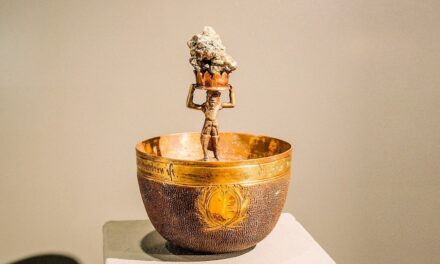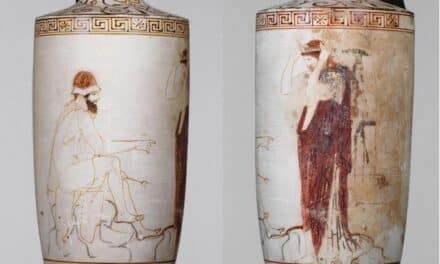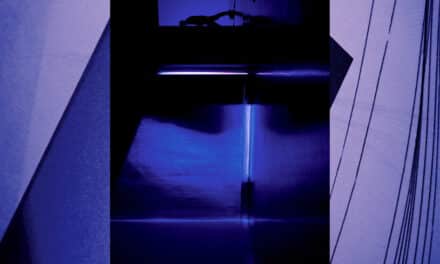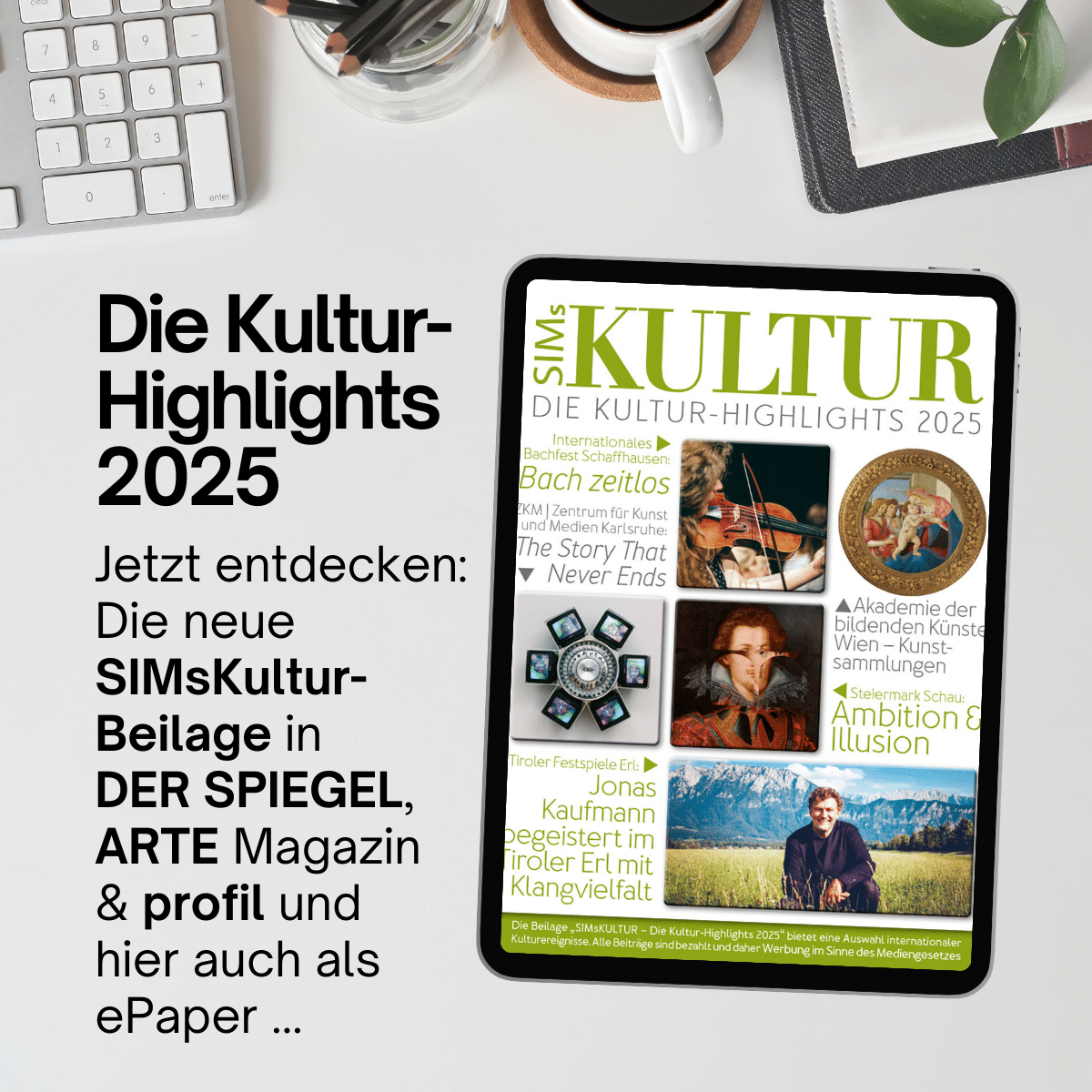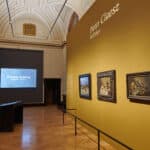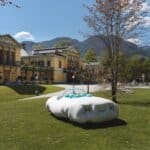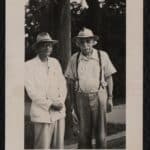When museums are not dead witnesses to the past, but bring adventures to life with the exciting stories of mankind, then treasures of European standing enter into dialog. Powerful popes and emperors come to life and compete in their stories for the favor of today's inquisitive minds. Treasures from all over the world tell of the piety of the people who had to face the challenges of their time.
Great wars brought unimaginable misfortune to the peoples, epidemics ravaged the planet, discoveries opened up new horizons and, finally, art at its peak resounds an ode to life. The museum in St. Paul's Abbey can tell you about all these moments of glory and suffering in past eras. Precious manuscripts, the oldest dating back to the 5th century, record scenes of these events and document the struggle of generations for freedom of knowledge and the spirit. Many a secret lies hidden in them, awaiting discovery for centuries. Gold, silver and precious stones are not only an expression of prosperity, but also of great respect for creation. Precious objects from the early Middle Ages to modern times depict the rise and fall of entire dynasties, but also the endurance of the monastic treasure house. Masterpieces by outstanding artists such as Dürer, Rubens, Rembrandt or contemporaries such as Staudacher and Lüpertz enter into a discourse with their viewers. In addition to marveling at the past, the museum universe reminds us to learn for life from life.
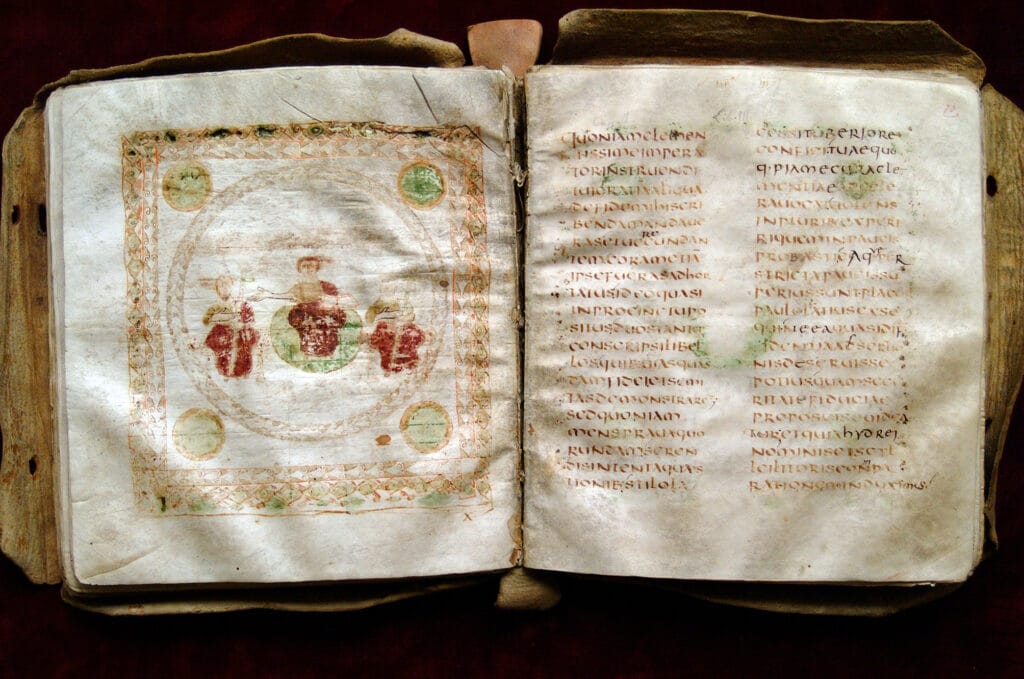
Ambrose Codex © Benedictine Abbey of St. Paul
Spiritual treasury
Numerous European masterpieces of gold and silver work are the highlights of the St. Paul treasury. In addition to the Adelheid Cross from the 11th century, two Romanesque vestibule crosses are worthy of note. One comes from Spain, the other, worked in enamel, from Limoges in France. Both crucifixes date from the early 13th century. A highlight of the collection is a Gothic book cover (15th century) with an ivory relief from the 9th century. It comes from the younger Metz school and depicts the Ascension of Christ. A Gothic book case from Strasbourg from around the middle of the 13th century is exquisitely crafted. At its center are depictions of the Virgin Mary surrounded by figures from the circle of saints.
Works by Augsburg goldsmiths and silversmiths are among the most important Baroque objects in the monastery's art collection in St. Paul. Of particular note here is a chalice made of pure gold, which came to the collections as a gift from Emperor Charles VI. Its base is richly set with rubies and diamonds, which together with an enamel background form the imperial coat of arms.
A large number of goblets and measuring instruments provide an impressive overview of the work of the Augsburg and Viennese goldsmiths. Remarkable is a large clock case that was given to the Duke of Baden in 1704 after the battle of Höchstädt was won. After Prince Abbot Martin Gerbert acquired the clock in 1775, it was redesigned into a domestic altarpiece. Numerous pectoral crosses and rings owned by various prince abbots are evidence of the artistic creativity of this period.
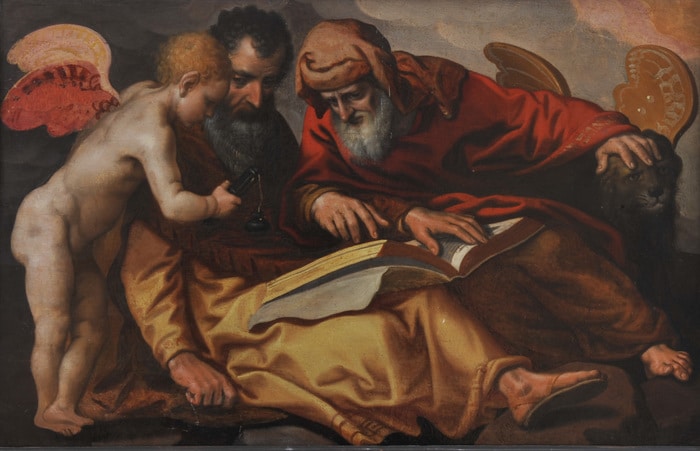
Pieter Aertsen © Benedictine Abbey of St. Paul
Encounter with art
One of the most comprehensive private art collections in Austria gives the now flourishing abbey the title of Carinthia's treasure house. The abbey houses important art treasures from the Middle Ages, such as the large reliquary cross of Queen Adelheid of Hungary, the so-called Adelheid Cross. An enormous collection of valuable oil paintings also brings European culture to life in St. Paul. Enriched by the collection of around 15,000 prints, it is possible to encounter almost all of Europe's renowned artists.
The entire book collection of St. Paul's Abbey is spread over several library rooms in historic vaults. Around 70,000 books are housed in the display library alone. The oldest book from the 5th century and Guttenberg's first printed work are among the most important items in the collection.
May 1 to October 26, 2025
www.stift-stpaul.at


